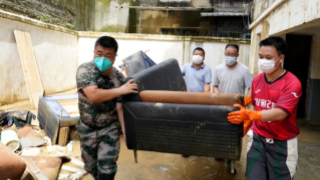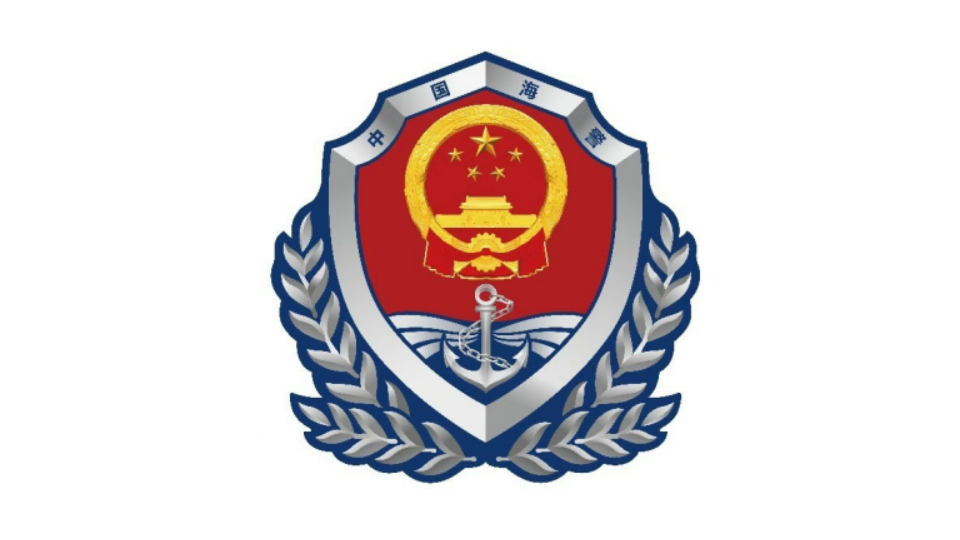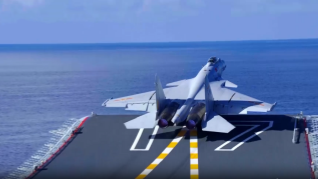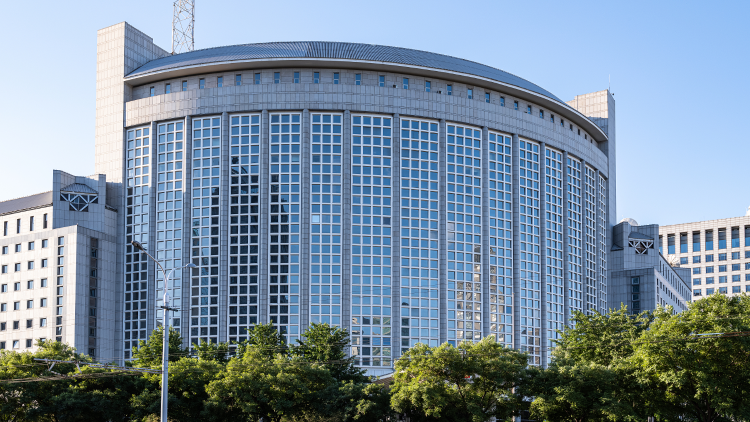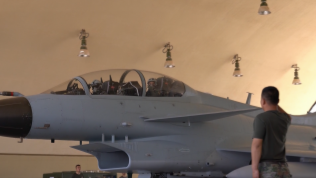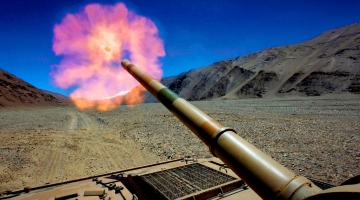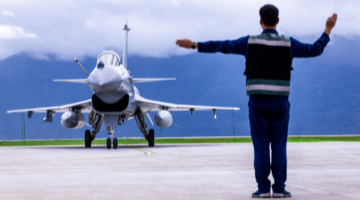By Wu Yan
Recently, the Meeting of NATO Ministers of Defense was held at NATO headquarters in Brussels. The defense ministers of 31 member countries and the associate member Sweden exchanged views on multiple topics. At the press conference after the meeting, the Supreme Allied Commander Europe announced the new military exercise plan, which sparked widespread concern from the public.
The military exercise codenamed Steadfast Defender 2024 is NATO's largest exercise since the Cold War. First, it spans over a prolonged period, which is expected to last about four months until May this year. Second, it is designed with extensive scenarios. The exercise will be collaboratively carried out in Germany, Poland, the three Baltic countries and other regions to demonstrate the combat capability of NATO to defend all of its territory up to its border with Russia. Moreover, as a joint operation involving army, navy and air forces, this exercise will deploy a large number of equipment, with more than 50 ships including aircraft carriers and destroyers, more than 80 fighter jets, helicopters and drones, and at least 1,100 combat vehicles. Last, it involves a significant number of participants. All NATO members and Sweden will take part, with nearly 90,000personnel engaged. The largest-ever military exercise of NATO before this was Trident Juncture 2018, which witnessed the participation of about 50,000 personnel.
This military exercise by NATO is highly targeted and has clear objectives. Its purpose is not so much to prepare for conflicts with "a comparable adversary" as to be more explicitly understood as aiming at Russia.
The outbreak of the Ukraine crisis has changed NATO's definition of Russia from a partner to the most significant and direct threat in the Euro-Atlantic area. At the press conference after the defense ministers' meeting, the chair of the NATO Military Committee bluntly said that NATO must be prepared for all-out war with Russia in the next 20 years. It is worth noting that the second phase of the exercise focuses on the deployment of NATO Response Force in Poland as well as the three Baltic countries that are most at risk of Russian attacks, with an obvious intention to target Russia.
Besides, the joint military exercise is undoubtedly a crucial underpinning for Europe to further consolidate the transatlantic alliance. The outburst of the Ukraine crisis has generated severe impacts on the concepts of security and order in Europe. The goal of European security policies has shifted from maintaining "rules-based international order" to coping with realistic threats of war and major power conflicts, and their strategic focus has also switched from economic and diplomatic agendas to security issues, starting to seek a new policy balance between military means and diplomatic and economic solutions.
Security ties between Europe and the US have further deepened. Although all NATO member states have made commitments to allocate 2% of their GDP to military expenditure, and even Germany, which had long pursued military restraint after World War II, also announced the establishment of a special defense fund of 100 billion euros at the first time, two-thirds of the funding still comes from the US through a general view of the 2023 NATO military spending. For some time to come, the problem of Europe's asymmetric security dependence on the US will remain difficult to solve, and there is an evident disparity between Europe's expectation of rapidly elevating their hard power and the current reality. Therefore, to continue to shape Russia as a common enemy and continuously increase the frequency and scale of military exercises not only serves the strategic interests of the US to further bind Europe, but is also in line with the policy goal of Europe to remedy its limitation in hard power by relying on the US.
Moreover, as this year marks a "global election year", the timing of this protracted military exercise is quite intriguing. Apart from this, the current situation is witnessing the persistent dragging-on of the Ukrainian crisis, constant escalation of the Palestinian-Israeli conflict and other regional hotspot issues, sluggish post-pandemic economic recovery, declined sense of gain among the public, and ongoing rise in war-weariness and anti-war sentiment in Europe. At present, Europeans' emotional response to aid Ukraine and resist Russia is gradually returning to rationality, the strategic focus of the US continuously shifts to the Indo-Pacific region, and the US and Europe fail to achieve the ideal effect in jointly imposing the most severe sanctions on Russia. In this context, the Steadfast Defender 2024 military exercise is regarded as an important means for Europe and the US to sustain military morale and demonstrate internal unity and strength.
However, Russia will always be a neighbor of Europe that cannot be relocated. Are blindly following the US discourse system and constantly advocating deterrence and confrontation truly the right solution to the conflicts with Russia for Europe? French President Emmanuel Macron reiterated the importance of European strategic autonomy at the just-concluded annual meeting of the World Economic Forum, saying that the EU needs to engage with other countries as Europeans rather than vassals of another country. Obviously, amidst the impacts of a series of crises and upheavals, the European strategic autonomy concept has again come into the spotlight, but the European side still seems to lack the resolve to make a bold move and exhibits an absence of strategic thinking and planning for building a sustainable European security pattern.
(The author is an associate research fellow at the Department for European Studies, China Institute of International Relations.)
Editor's note: Originally published on china.com.cn, this article is translated from Chinese into English and edited by the China Military Online. The information and opinions in this article do not necessarily reflect the views of eng.chinamil.com.cn.





